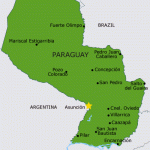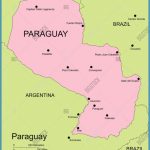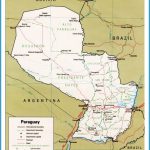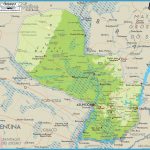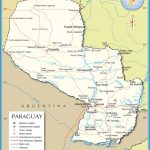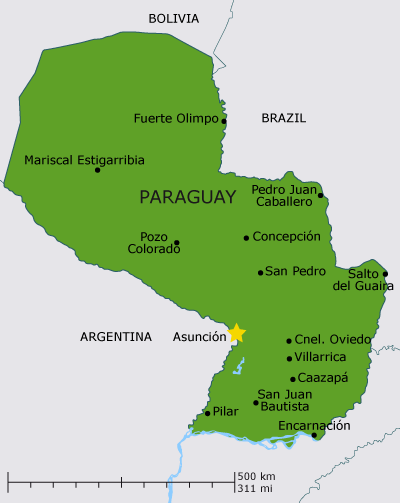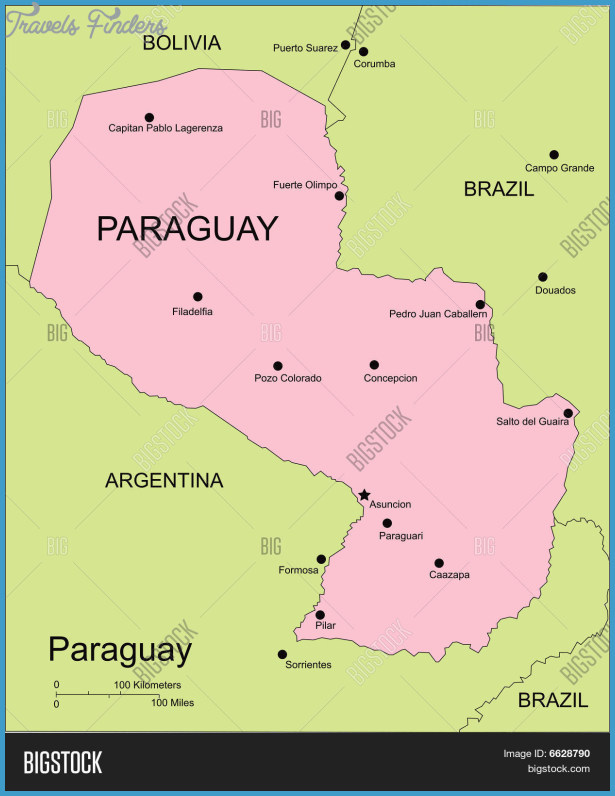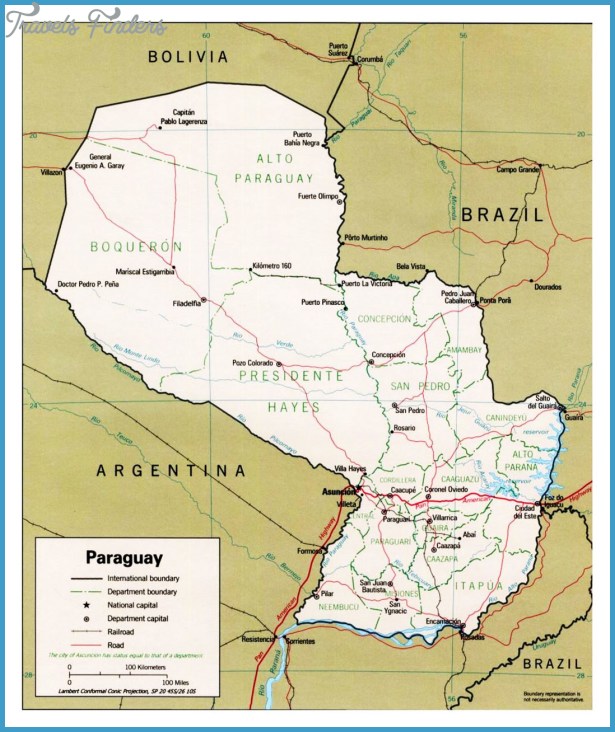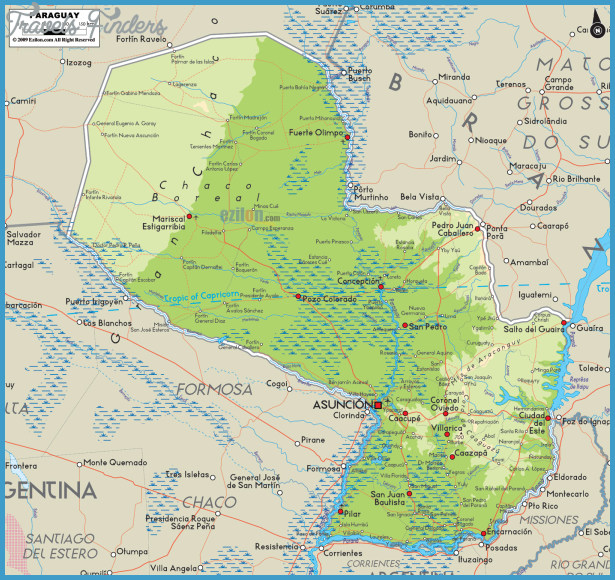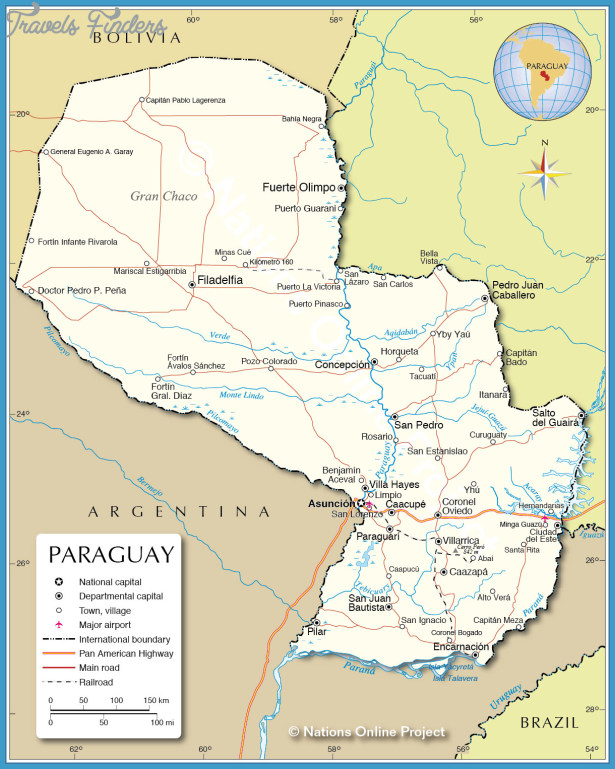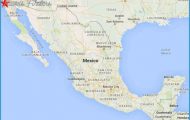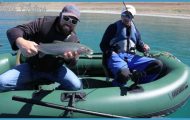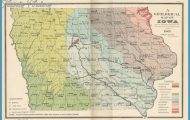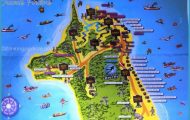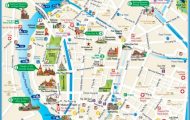Carlos Casado & the Tannin Industry
Saddled with debt in the aftermath of the disastrous Triple Alliance War in the late 1800’s, the Paraguayan government sold vast quantities of national territory at rock bottom prices to foreigners. In 1886, the Argentine company, Empresa Carlos Casado, purchased over five and a half million hectares of land in the Paraguayan Chaco (representing about 15 percent of the total land in this region). The company exploited the Chaco’s vast quebracho forests for the production of tannin, at the time the most widely used chemical for curing leather.
The wood of the Schinopsis Balansae is a deep red color and extremely dense and hard, thus earning the name red axe breaker or Quebracho Colorado. This tree is native to the eastern Paraguayan Chaco, found mostly in the northern areas of the Presidente Hayes department and across the entirety of the department of Alto Paraguay. Quebracho extract, obtained by cooking quebracho chips, is about 65 percent pure tannin, making it an ideal source of tannin for the leather tanning industry.
At its peak, the Casado Company’s quebracho extraction plant established in Puerto Casado was producing up to 2,400 tons of tannin monthly. Other companies got in on the game establishing tannin production factories in nearby Puerto Pinasco, Puerto Sastre, and Puerto Guarani. All made use of the existing indigenous populations, subjecting them to extreme work conditions for little pay. In order to reach quebracho forests further inland, the Carlos Casado company built a railway extending 145 kilometers westward to a point called Punto Riel (the rails themselves were made from quebracho, owing to the wood’s extreme hardness and durability). The first wave of Mennonite immigrants arrived by boat to Puerto Casado in the late 1920’s to colonize land purchased from the Casado company itself. In order to reach their final destination deep in the Central Chaco, they traveled by train to Punto Riel, and then continued on in horse-drawn carts (see The Mennonites). During the Chaco War, the railway was used to transport everything from soldiers to tanks and supplies to the frontlines. Puerto Casado’s key role during the war earned the new name La Victoria (the Victory).
At its height, the Carlos Casado company fueled a booming economy in Alto Paraguay, but once the tannin industry declined, the company’s dealings left a bitter aftertaste still present to this day. Although land was donated for the creation of a municipality, the majority of the town’s infrastructure remained in company hands. In the year 2000, the entire town of Puerto Casado and much of the surrounding area was sold off to the Unification Church of Reverend Sun Moon (better known as the Moonies.) The result has been an ongoing land dispute involving the company, the Moon sect, the Paraguayan government, and the town’s 6,000 plus residents, as well as the region’s Maskoi Indians who demand legal ownership of their ancestral lands.
Paraguayan composer Ruben Dominguez Alvarenga describes Puerto Casado’s history in his song Puerto Casado:
Little town of mine where I was born, you were left alone, your sons emigrated because all is finished. The quebracho is gone, the factory closed down. There is no more work. And the land, although Paraguayan, has another owner. My father fought during the war, my little town, defending the Chaco’s soil in 32. But it was all in vain, the enemy was not Bolivian, but that fellow countryman that gave the Chaco’s land to an usurper.
Puerto Casado remains a historic example of exploitation of Paraguay’s natural resources and people by foreign companies, an issue still present today in much of the Chaco with the presence of large scale Brazilian soy and cattle farms.

